The former Portuguese colony of Angola has not yet fully opened to tourists. To obtain a visa, any European (and Russian) citizen needs to collect a large package of documents and pay more than $200. The country has been in a civil war for a long time, and the economy is still recovering with the help of foreign investment and oil exports.
Angola is interesting, first of all, for its natural attractions - there is a magnificent ocean coastline with a length of 1600 km., Several national parks. Architecture lovers will be interested in the ancient Portuguese forts, preserved from colonial times.
An amazing combination of the traditional way of life and the modern rhythm of life can be observed in the capital of the state, the city of Luanda, as well as in other large cities - Cabinda and Tombwa.
What to see in Angola?
The most interesting and beautiful places, photos and a brief description.
Serra da Leba
The mountain range and the serpentine road of the same name connecting Lubango with the coast of the Atlantic Ocean. Serra de Leba is the hallmark of the country, the road is depicted on local banknotes. From the observation deck on a steep cliff, a breathtaking view of the area, almost always covered with fog, opens up. Serpentine was built by the Portuguese in the 70s. 20th century
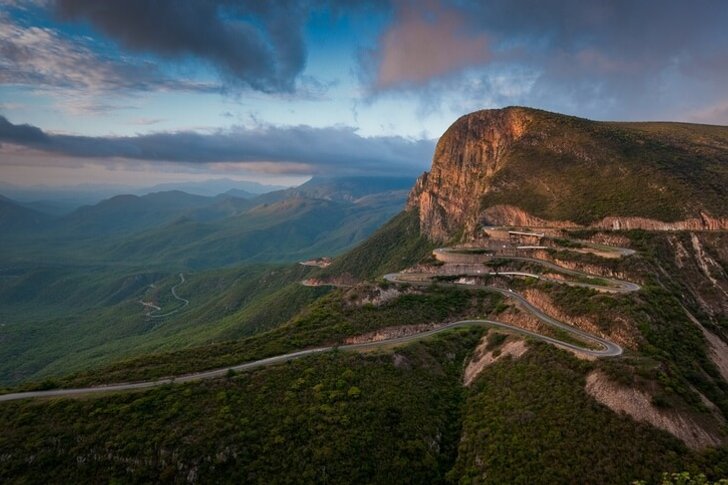
Address: Serra da Leba, Angola, Angola
Opening hours: 08:00 - 18:00
Black stones of Pungo-Andongo
Frozen in the form of huge stones, lava eruptions scattered across the savannah near the town of Pungo-Andongo. The tribes living nearby have many legends associated with these formations. For example, there is a male stone, touching which (according to beliefs) has a positive effect on sexual function, there is also a female stone that has a similar effect.
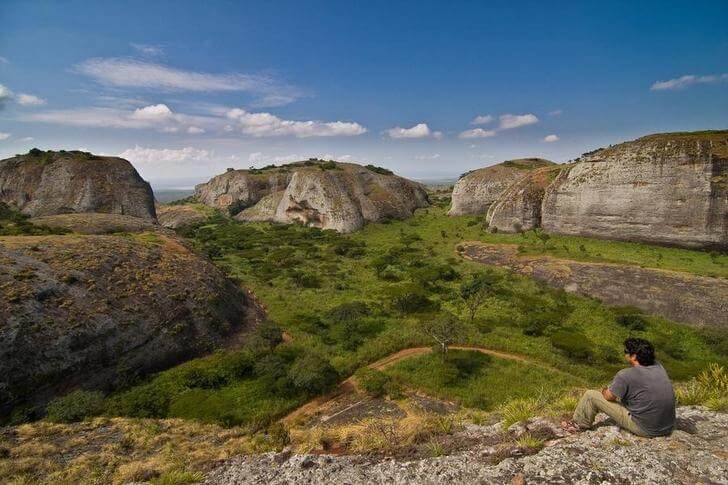
Address: Black stones of Pungo-Andongo, Angola, Angola
Opening hours: 08:00 - 18:00
Kisama National Park
The largest nature reserve in the country. The western border is washed by the waters of the Atlantic Ocean. The park was badly damaged during the Civil War, and even now poachers continue to conduct illegal activities on its territory. Of particular interest are such animals as black sable and red buffalo. After the fighting ended, Kisama began to gradually revive.

Address: Kisama National Park, Angola, Angola
Opening hours: 08:00 - 18:00
Cameo National Park
It was formed in 1937 in order to protect the fauna and flora of the unique area from poaching. The Zambezi River flows through the park, and there are also two large lakes. Due to the presence of a considerable number of swamps, a decent variety of marsh birds lives in the reserve. Due to the lack of working personnel, it has not yet been possible to completely get rid of poaching.
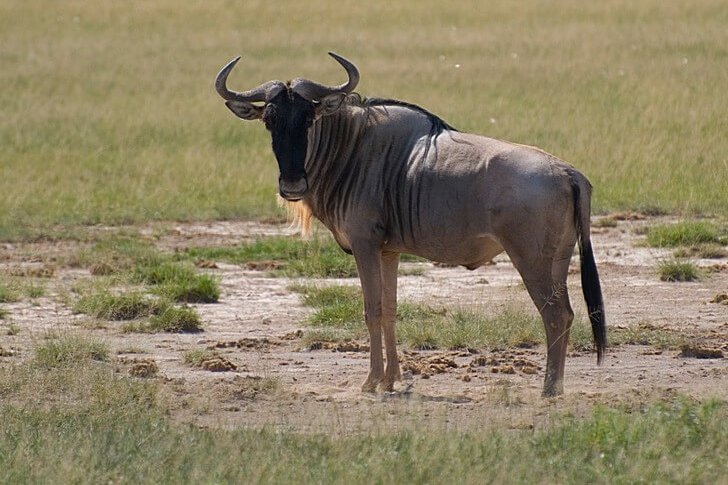
Address: Cameo National Park, Angola, Angola
Opening hours: 8:00 - 17:00
Luanda Cathedral of the Holy Savior
The temple is located in the old central part of Luanda; it was erected on the site of two small chapels in 1679. Initially it was called the Great Church of the Blessed Virgin Mary, later it received the status of a cathedral. The building received its current appearance in 1900, after several restorations and restorations. In 1949, the temple was given the status of a national treasure of Angola.
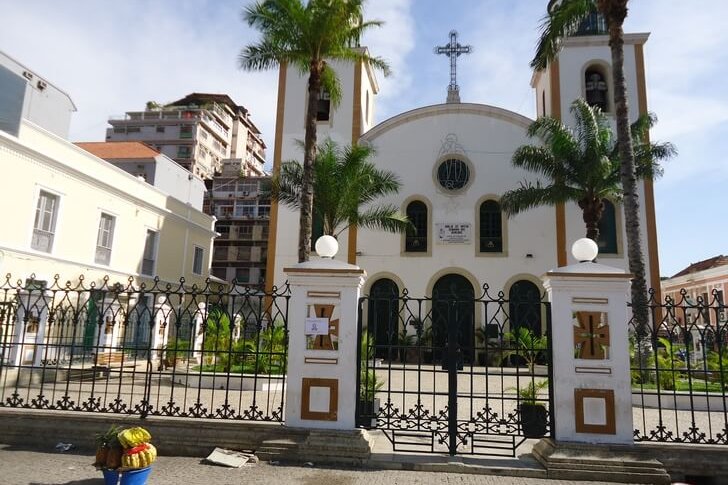
Address: Luanda Cathedral of the Holy Savior, Angola, Angola
Opening hours: 08:00 - 18:00
Fort San Miguel (Fortress of São Miguel)
It rises on a mountain near the capital. This fortress since its construction in the 16th century has been the heart of the Portuguese colonial settlement. Later it began to serve as a prison, where the rebels fighting against the colonialists were thrown. At the entrance to San Miguel there are stone sculptures of Portuguese kings. Now the fort houses a museum, where many types of weapons are exhibited.
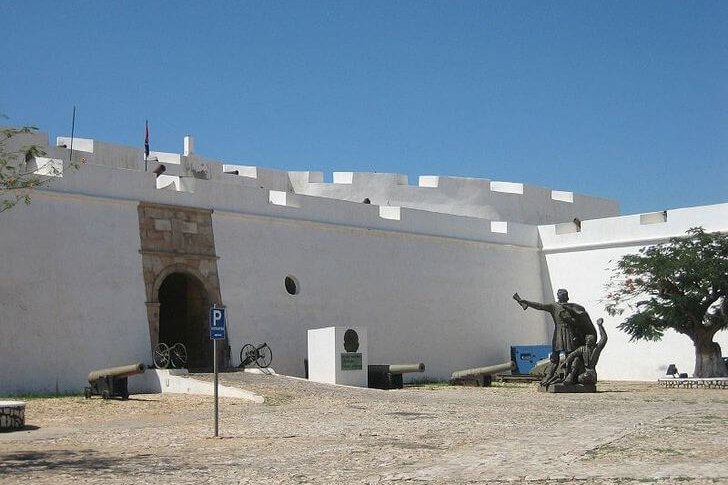
Address: Fort San Miguel (Fortress of São Miguel), Angola, Angola
Opening hours: 08:00 - 17:00
Mount Moko
Located in the province of Huambo, it is the highest peak in the country (more than 2600 meters). Endemic birds, numerous reptiles and mammals live in the vicinity of the mountain. Several attempts have been made to create a nature reserve around Moko, but now this area is not protected in any way, which leads to uncontrolled deforestation of the valuable myobo forest and a reduction in the population of many animals.

Address: Mount Moko, Angola, Angola
Opening hours: 08:00 - 17:00
Ruacana waterfall
This natural attraction is located on the border with Namibia. The waterfall is formed along the course of the Kunene River. Thanks to the operation of the power plant, during the dry months, Ruacana turns into small streams, and during the rainy season, a powerful current forms strong water currents that rush from the plateau into the gorge. The height of the fall is 124 meters, the width of the river in this place is more than 600 meters.
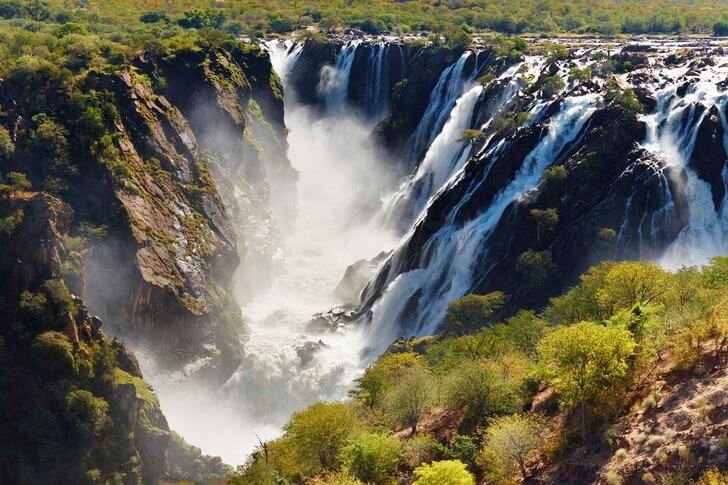
Address: Ruacana waterfall, Angola, Angola
Opening hours: 08:00 - 18:00
Kalandula waterfall
It is considered the second largest on the continent after the Victoria Falls. The water flow becomes especially powerful during the rainy season. At this time, the waterfall is most full-flowing and picturesque. For visitors to the country, Calandula is a must-see attraction. Opposite the waterfall, there is even a hotel where guests can stay during a multi-day excursion and relax to the sound of water.
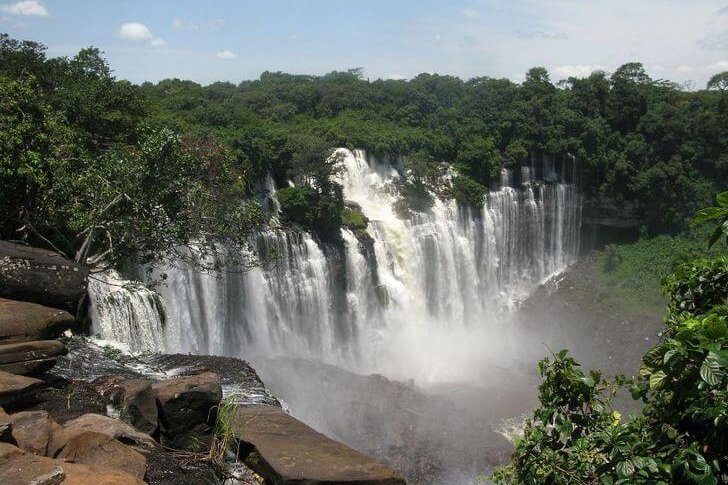
Address: Kalandula waterfall, Angola, Angola
Opening hours: 08:00 - 18:00
Namib Desert
The desert originates in Angola and extends for almost 2000 km. along the coast of the Atlantic Ocean through the whole of Namibia. From the language of the Nama people, the name is translated as "a place where there is nothing." The Namib is the oldest desert on the planet, modern natural and climatic conditions existed here millions of years ago. The area is virtually uninhabited, except for a few coastal towns.
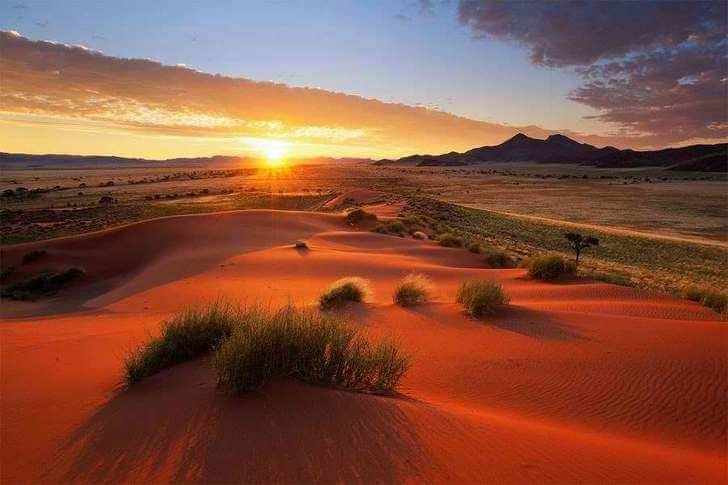
Address: Namib Desert, Angola, Angola
Opening hours: Open 24 hours.
